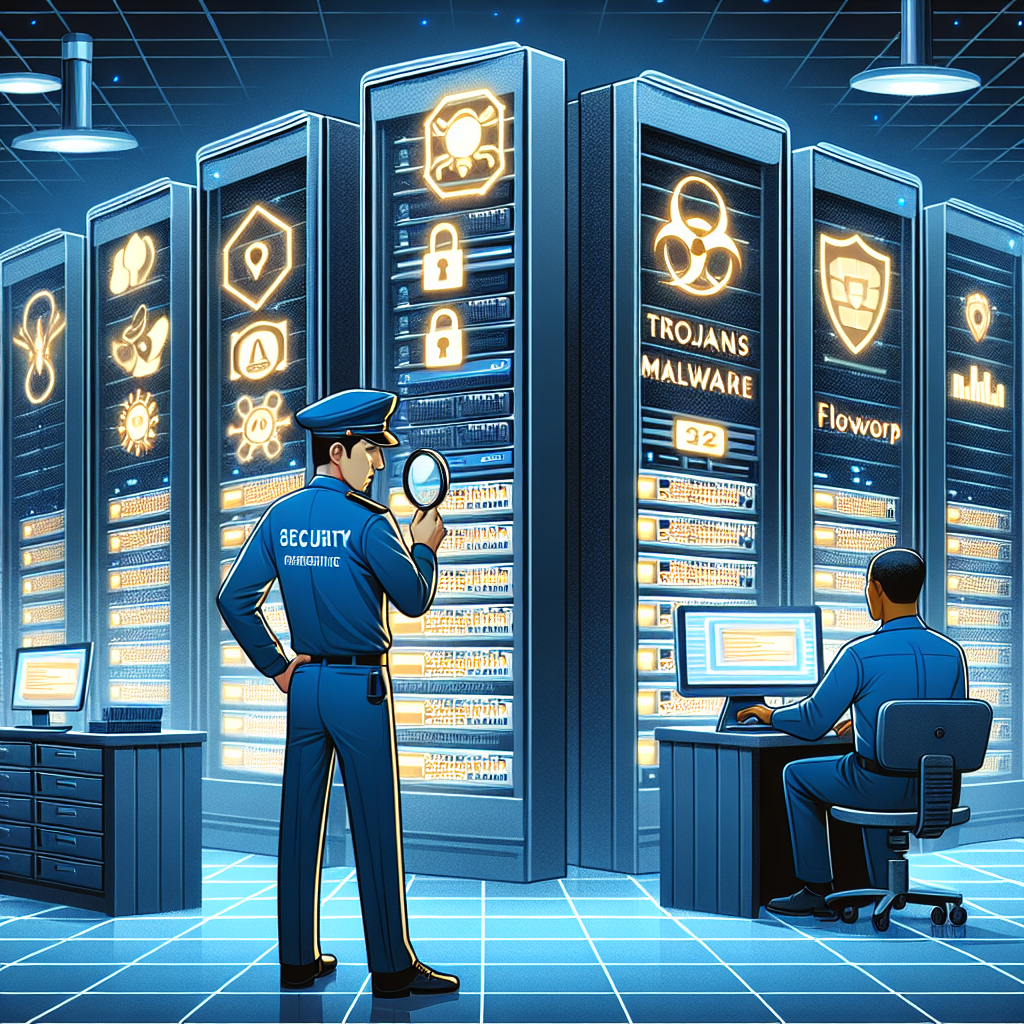Fix today. Protect forever.
Secure your devices with the #1 malware removal and protection software
Data centers are the heart of any organization’s IT infrastructure, housing critical information and systems that are essential for business operations. With the increasing sophistication of cyber threats, it is more important than ever to identify and address security risks in your data center to protect your valuable data and assets.
Here are some key steps to help you identify and address security risks in your data center:
1. Conduct a thorough risk assessment: Start by conducting a comprehensive risk assessment of your data center to identify any potential security vulnerabilities. This should include evaluating physical security measures, network security, access controls, and data encryption practices.
2. Implement robust access controls: Limiting access to your data center is essential for preventing unauthorized individuals from gaining entry. Implementing strict access controls such as biometric authentication, key card systems, and CCTV surveillance can help protect your data center from physical security threats.
3. Monitor network traffic: Regularly monitor network traffic within your data center to detect any unusual or suspicious activity. Implementing intrusion detection systems and firewalls can help identify and block potential cyber threats before they can cause harm.
4. Encrypt sensitive data: Encrypting sensitive data stored in your data center can help protect it from unauthorized access in the event of a security breach. Implementing encryption protocols and secure data transfer methods can help safeguard your data from cyber threats.
5. Conduct regular security audits: Regularly auditing your data center’s security measures is essential for identifying and addressing any potential vulnerabilities. Conducting penetration tests, vulnerability assessments, and security audits can help ensure that your data center is secure and protected from cyber threats.
6. Train staff on security best practices: Educating staff on security best practices and protocols is crucial for maintaining a secure data center environment. Providing training on data security, phishing awareness, and incident response can help empower employees to identify and address security risks in real-time.
7. Develop a disaster recovery plan: In the event of a security breach or data loss, having a robust disaster recovery plan in place is essential for minimizing downtime and ensuring business continuity. Developing a comprehensive plan that outlines response protocols, data backup procedures, and recovery strategies can help mitigate the impact of security risks on your data center.
By following these key steps, you can identify and address security risks in your data center to protect your valuable data and assets from cyber threats. Prioritizing data center security is essential for safeguarding your organization’s sensitive information and ensuring the continuity of your business operations.
Fix today. Protect forever.
Secure your devices with the #1 malware removal and protection software

Leave a Reply
You must be logged in to post a comment.